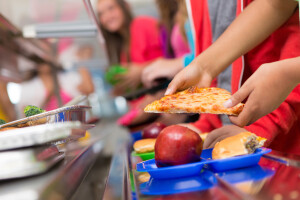by Danielle Carter, MS OTR/L
It is so fun to see our kids enjoying the carefree days of summer. Summer usually has less structure than the school year provides and our families enjoy later nights, less rushed days, and changes in routine. Even for children in structured summer programs, the routine is different and perhaps less structured than the school year. For many kids the transition back to school can present some challenges and we are often asked for ideas on how to help children readjust to school. There are some things that parents can do to help ensure a smoother transition to the routines that fall brings.
Healthy Habits:
· Sleep is important to learning and behavior! Starting at least two weeks before school, move bedtime back to the bedtime you would like for the school year. Depending on how late your child’s bedtime has been, you might consider moving it 15 minutes at a time earlier until you are back where you want to be.
· Nutrition: Make sure your child is getting used to eating healthy meals and snacks. If you will be packing school lunches start talking to your child about what that will look like and involving them in the process. If they have gotten used to a different meal routine at home start easing them back into a regular routine and healthy foods.
· Exercise: Most kids move more in the summer time. As time demands of school, homework, and activities ramp up, their regular outside time can get pushed aside. Research shows the importance of movement and regular exercise on brain development and cognitive learning. Exercise helps with behavior in school as well. Establishing time in your child’s day to move is an important aspect to their success at school.
Engage their Brains:
· There are many things that you can add to your summer routines that will help engage your child’s brain for being ready to learn in the fall.
o Encourage them to read for fun every day
o Practicing their instrument if that is enjoyable
o Play games on a drive, hike, nature walk, or bike ride such as counting the number of squirrels you see, or finding all the green objects. o Set up obstacle courses and other activities that involve crossing the midline.
o Do puzzles or play board games or card games as a family. This will help with visual motor skills, scanning they will use for reading and math, and problem solving.
o Ask your child to help out at home by giving them multiple step directions. A younger child might follow “go get your shoes and put them on” while an older child might “go get the groceries from the car, put them away, then set the table for dinner”. This will help them exercise their working memory.

